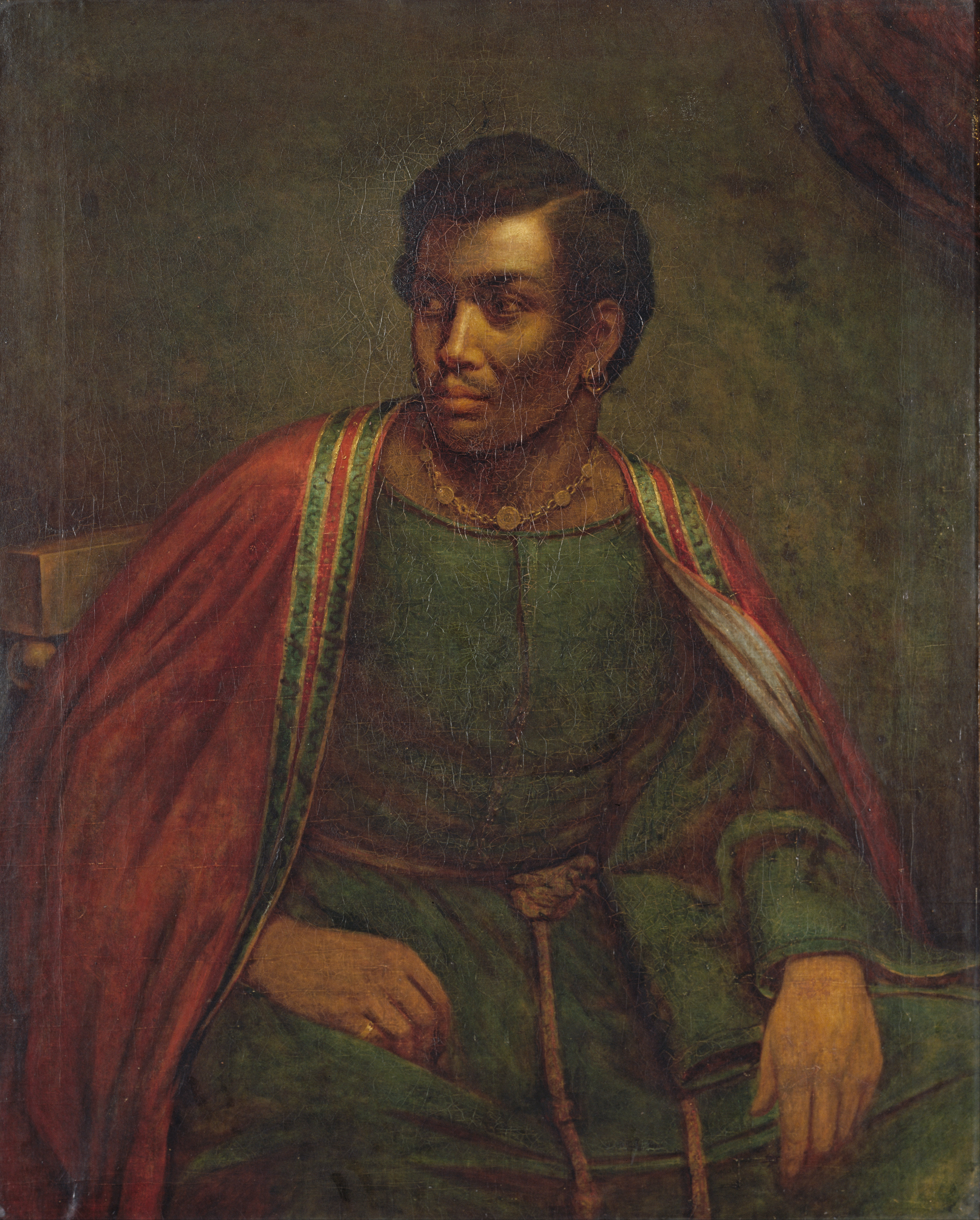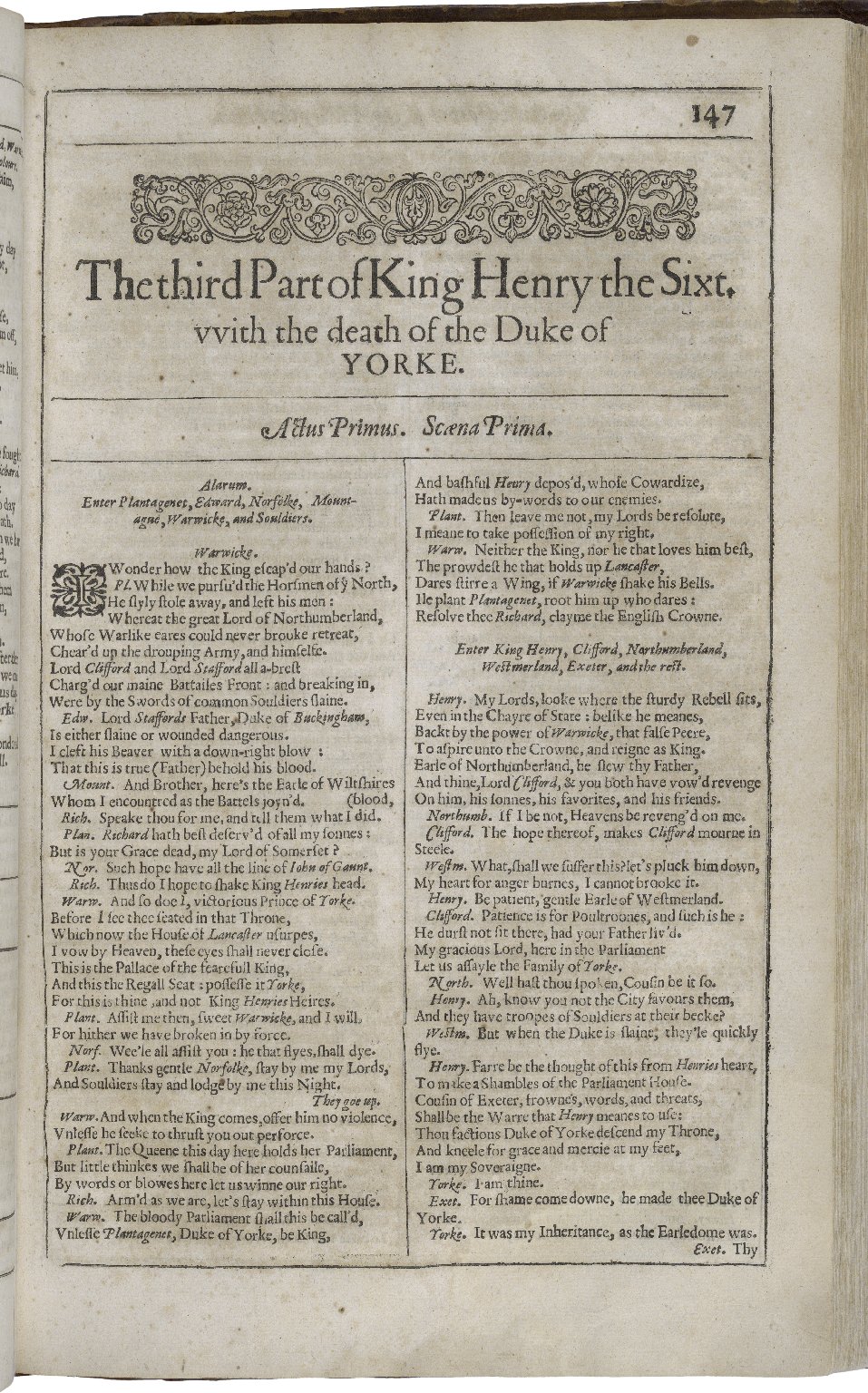|
Josiah Boydell
Josiah Boydell (18 January 1752 – 27 March 1817) was a British publisher and painter, whose main achievement was the establishment of the Boydell Shakespeare Gallery with his uncle, John Boydell. Biography Boydell was born in Hawarden, Flintshire, the fourth child of a farmer, Samuel Boydell (1727–1783), and his wife Ann, née Turner (1725–1764). In 1766, at the age of 14, he moved to London to begin his seven-year apprenticeship to Samuel's brother, John Boydell. While an apprentice, he learned painting from Benjamin West and mezzotint engraving from Richard Earlom.Fagan After completing his apprenticeship, he continued to work closely with John Boydell, making some engravings himself and drawing scenes for others. He also exhibited at the [...More Info...] [...Related Items...] OR: [Wikipedia] [Google] [Baidu] |
1752 In Wales
Events from the year 1752 in Wales. Incumbents *Lord Lieutenant of North Wales (Lord Lieutenant of Anglesey, Caernarvonshire, Flintshire, Merionethshire, Montgomeryshire) – George Cholmondeley, 3rd Earl of Cholmondeley *Lord Lieutenant of Glamorgan – Charles Powlett, 3rd Duke of Bolton *Lord Lieutenant of Brecknockshire and Lord Lieutenant of Monmouthshire – Thomas Morgan *Lord Lieutenant of Cardiganshire – Wilmot Vaughan, 3rd Viscount Lisburne *Lord Lieutenant of Carmarthenshire – ''vacant until 1755'' *Lord Lieutenant of Denbighshire – Richard Myddelton *Lord Lieutenant of Pembrokeshire – Sir Arthur Owen, 3rd Baronet *Lord Lieutenant of Radnorshire – William Perry *Bishop of Bangor – Zachary Pearce *Bishop of Llandaff – Edward Cresset * Bishop of St Asaph – Robert Hay Drummond *Bishop of St Davids – The Hon. Richard Trevor (until 7 December) Events * April - A quarryman is killed in an attempted raid on a granary at Caernarfon. * 5 June - France ... [...More Info...] [...Related Items...] OR: [Wikipedia] [Google] [Baidu] |
Adams' Grammar School
Haberdashers' Adams is a grammar school for boys aged 11–18 and girls aged 16–18, located in Newport, Shropshire, offering day and boarding education. Current (2021) boarding fees are £12,144 per year and £13,644 per year for overseas students It was founded in 1656 by William Adams, a wealthy member of the Worshipful Company of Haberdashers (one of the Great Twelve Livery Companies of the City of London). In January 2018, the school changed its name to Haberdashers’ Adams, replacing the previous name, Adams' Grammar School (AGS). History Adams was founded in 1656 by Alderman William Adams, a wealthy City of London merchant and haberdasher, who was born in Newport and whose younger brother Sir Thomas Adams became Lord Mayor of London. Adams had no children and never married, so therefore decided to leave a bequest for the foundation of the school, which was first opened on 25 March 1656, during the politically unstable and volatile period of the English Interregn ... [...More Info...] [...Related Items...] OR: [Wikipedia] [Google] [Baidu] |
19th-century English Painters
The 19th (nineteenth) century began on 1 January 1801 ( MDCCCI), and ended on 31 December 1900 ( MCM). The 19th century was the ninth century of the 2nd millennium. The 19th century was characterized by vast social upheaval. Slavery was abolished in much of Europe and the Americas. The First Industrial Revolution, though it began in the late 18th century, expanding beyond its British homeland for the first time during this century, particularly remaking the economies and societies of the Low Countries, the Rhineland, Northern Italy, and the Northeastern United States. A few decades later, the Second Industrial Revolution led to ever more massive urbanization and much higher levels of productivity, profit, and prosperity, a pattern that continued into the 20th century. The Islamic gunpowder empires fell into decline and European imperialism brought much of South Asia, Southeast Asia, and almost all of Africa under colonial rule. It was also marked by the collapse of the la ... [...More Info...] [...Related Items...] OR: [Wikipedia] [Google] [Baidu] |
English Male Painters
English usually refers to: * English language * English people English may also refer to: Peoples, culture, and language * ''English'', an adjective for something of, from, or related to England ** English national identity, an identity and common culture ** English language in England, a variant of the English language spoken in England * English languages (other) * English studies, the study of English language and literature * ''English'', an Amish term for non-Amish, regardless of ethnicity Individuals * English (surname), a list of notable people with the surname ''English'' * People with the given name ** English McConnell (1882–1928), Irish footballer ** English Fisher (1928–2011), American boxing coach ** English Gardner (b. 1992), American track and field sprinter Places United States * English, Indiana, a town * English, Kentucky, an unincorporated community * English, Brazoria County, Texas, an unincorporated community * Eng ... [...More Info...] [...Related Items...] OR: [Wikipedia] [Google] [Baidu] |
18th-century English Painters
The 18th century lasted from January 1, 1701 ( MDCCI) to December 31, 1800 ( MDCCC). During the 18th century, elements of Enlightenment thinking culminated in the American, French, and Haitian Revolutions. During the century, slave trading and human trafficking expanded across the shores of the Atlantic, while declining in Russia, China, and Korea. Revolutions began to challenge the legitimacy of monarchical and aristocratic power structures, including the structures and beliefs that supported slavery. The Industrial Revolution began during mid-century, leading to radical changes in human society and the environment. Western historians have occasionally defined the 18th century otherwise for the purposes of their work. For example, the "short" 18th century may be defined as 1715–1789, denoting the period of time between the death of Louis XIV of France and the start of the French Revolution, with an emphasis on directly interconnected events. To historians who expand t ... [...More Info...] [...Related Items...] OR: [Wikipedia] [Google] [Baidu] |
1817 Deaths
Events January–March * January 1 – Sailing through the Sandwich Islands, Otto von Kotzebue discovers New Year Island. * January 19 – An army of 5,423 soldiers, led by General José de San Martín, starts crossing the Andes from Argentina, to liberate Chile and then Peru. * January 20 – Ram Mohan Roy and David Hare found Hindu College, Calcutta, offering instructions in Western languages and subjects. * February 12 – Battle of Chacabuco: The Argentine–Chilean patriotic army defeats the Spanish. * March 3 ** President James Madison vetoes John C. Calhoun's Bonus Bill. ** The U.S. Congress passes a law to split the Mississippi Territory, after Mississippi drafts a constitution, creating the Alabama Territory, effective in August. * March 4 – James Monroe is sworn in as the fifth President of the United States. * March 21 – The flag of the Pernambucan Revolt is publicly blessed by the dean of Recife Cathedral, Brazil. ... [...More Info...] [...Related Items...] OR: [Wikipedia] [Google] [Baidu] |
1752 Births
Year 175 ( CLXXV) was a common year starting on Saturday (link will display the full calendar) of the Julian calendar. At the time, it was known as the Year of the Consulship of Piso and Iulianus (or, less frequently, year 928 ''Ab urbe condita''). The denomination 175 for this year has been used since the early medieval period, when the Anno Domini calendar era became the prevalent method in Europe for naming years. Events By place Roman Empire * Marcus Aurelius suppresses a revolt of Avidius Cassius, governor of Syria, after the latter proclaims himself emperor. * Avidius Cassius fails in seeking support for his rebellion and is assassinated by Roman officers. They send his head to Aurelius, who persuades the Senate to pardon Cassius's family. * Commodus, son of Marcus Aurelius and his wife Faustina, is named Caesar. * M. Sattonius Iucundus, decurio in Colonia Ulpia Traiana, restores the Thermae of Coriovallum (modern Heerlen) there are sources that state this happe ... [...More Info...] [...Related Items...] OR: [Wikipedia] [Google] [Baidu] |
Oxford Dictionary Of National Biography
The ''Dictionary of National Biography'' (''DNB'') is a standard work of reference on notable figures from British history, published since 1885. The updated ''Oxford Dictionary of National Biography'' (''ODNB'') was published on 23 September 2004 in 60 volumes and online, with 50,113 biographical articles covering 54,922 lives. First series Hoping to emulate national biographical collections published elsewhere in Europe, such as the '' Allgemeine Deutsche Biographie'' (1875), in 1882 the publisher George Smith (1824–1901), of Smith, Elder & Co., planned a universal dictionary that would include biographical entries on individuals from world history. He approached Leslie Stephen, then editor of the ''Cornhill Magazine'', owned by Smith, to become the editor. Stephen persuaded Smith that the work should focus only on subjects from the United Kingdom and its present and former colonies. An early working title was the ''Biographia Britannica'', the name of an earlier eightee ... [...More Info...] [...Related Items...] OR: [Wikipedia] [Google] [Baidu] |
Liber Veritatis
The ''Liber Veritatis'', meaning ''Book of Truth'' in Latin, is a book of drawings recording his completed paintings made by Claude Lorrain, known in English as "Claude". Claude was a landscape painter in Rome, who began keeping this record in 1635/6, as he began to be highly successful, and maintained it until his death in 1682. The book is now in the British Museum, and was owned by the Dukes of Devonshire from the 1720s until 1957. It was reproduced in print form from 1774 to 1777 by Richard Earlom and had a considerable influence on British landscape art. The title ''Liber Veritatis'' was apparently invented for these reproductions, but is now also used for the original. The drawings, like most by Claude, combine pen and wash (watercolour), the latter brown or grey, and often both. There are often highlights added in white bodycolour, and less often touches in other colours, such as gold and blue. The original book was a sketchbook made up of alternating groups of white a ... [...More Info...] [...Related Items...] OR: [Wikipedia] [Google] [Baidu] |
Othello
''Othello'' (full title: ''The Tragedy of Othello, the Moor of Venice'') is a tragedy written by William Shakespeare, probably in 1603, set in the contemporary Ottoman–Venetian War (1570–1573) fought for the control of the Island of Cyprus, a possession of the Venetian Republic since 1489. The port city of Famagusta finally fell to the Ottomans in 1571 after a protracted siege. The story revolves around two characters, Othello and Iago. Othello is a Moorish military commander who was serving as a general of the Venetian army in defence of Cyprus against invasion by Ottoman Turks. He has recently married Desdemona, a beautiful and wealthy Venetian lady much younger than himself, against the wishes of her father. Iago is Othello's malevolent ensign, who maliciously stokes his master's jealousy until the usually stoic Moor kills his beloved wife in a fit of blind rage. Due to its enduring themes of passion, jealousy, and race, ''Othello'' is still topical and popular and is ... [...More Info...] [...Related Items...] OR: [Wikipedia] [Google] [Baidu] |
Henry VI, Part 3
''Henry VI, Part 3'' (often written as ''3 Henry VI'') is a history play by William Shakespeare believed to have been written in 1591 and set during the lifetime of King Henry VI of England. Whereas '' 1 Henry VI'' deals with the loss of England's French territories and the political machinations leading up to the Wars of the Roses and '' 2 Henry VI'' focuses on the King's inability to quell the bickering of his nobles, and the inevitability of armed conflict, ''3 Henry VI'' deals primarily with the horrors of that conflict, with the once stable nation thrown into chaos and barbarism as families break down and moral codes are subverted in the pursuit of revenge and power. Although the ''Henry VI'' trilogy may not have been written in chronological order, the three plays are often grouped together with ''Richard III'' to form a tetralogy covering the entire Wars of the Roses saga, from the death of Henry V in 1422 to the rise to power of Henry VII in 1485. It was the succes ... [...More Info...] [...Related Items...] OR: [Wikipedia] [Google] [Baidu] |





